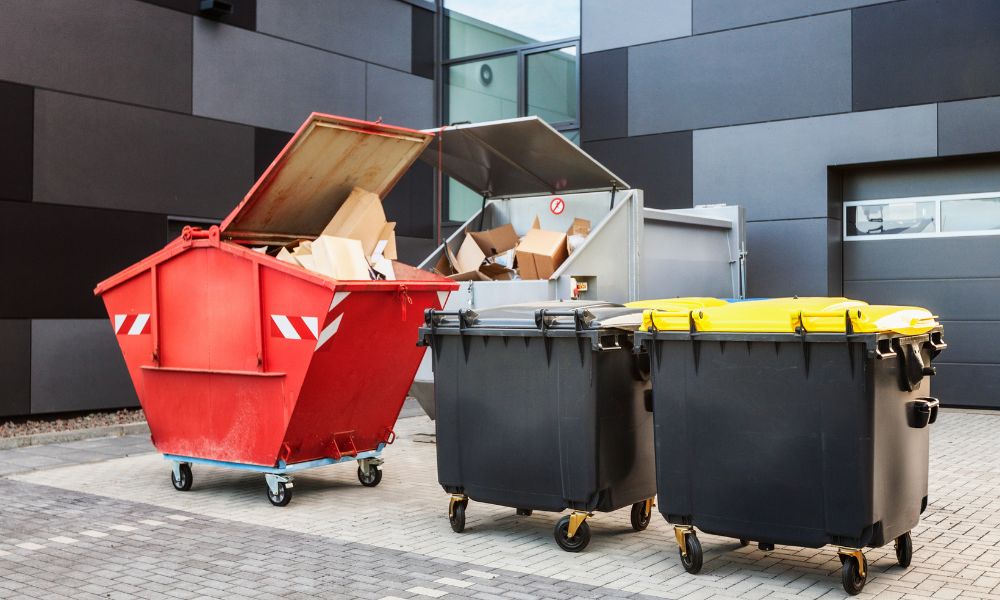There is a proper process for removing waste that most people don’t know about or understand. Americans alone are responsible for producing millions of pounds of garbage each year. You may see the trash disappear each week when the truck comes around to collect it, but what happens next? These are five vital components of proper waste disposal.
What Is Waste Disposal?
Waste disposal is the process of collecting, recycling, removing, and processing the waste materials produced by society. Source and composition classify the waste type. These categories may include electronic, sewage, solid, and hazardous waste.
Waste Collection
The waste collection process includes placing waste collection bins in households and businesses to collect later. Different companies send trucks around to collect the waste and bring it back to the facility for the next process.
Recycling
Recycling can involve the reuse of products, such as used car parts and clothing, or the reuse of materials, such as the process of creating a plastic water bottle from melting another plastic water bottle.
Glass, paper, plastic, and aluminum are the most common materials found in the recycling bin. Recycling is a more environmentally friendly option than tossing items into a landfill. However, processing technology for recycling can be pricey.
Landfills
Landfills are designated areas where waste is deposited and kept as it awaits the next step in the process. This method focuses on burying the debris and is incredibly common. The lining at the bottom of the landfill provides a barrier between the trash and the water zone. Without this barrier, there’s a risk of toxins seeping into our drinking water. Equipment compacts the layers of waste and adds soil on top to bury the rubbish.
The perfect places for landfills are areas at a low ground level, far from water sources to avoid flooding. It requires a large workforce to keep a landfill running.
Incineration
This waste disposal method burns solid waste at high temperatures. It will eventually convert the debris into gaseous products and residue. Incineration helps decrease the amount of space trash takes up in landfills while also reducing the stress on landfills.
Incineration is a popular process in countries like Japan and the US, where there’s limited landfill space. The incinerators use thermal treatment to convert solid waste into ash, gas, steam, and heat.
Composting
Composting turns organic waste, such as kitchen scraps and plants, into nutrient-dense food for your garden. Microbes decompose the organic materials that sit in the same spot for extended periods. It’s an excellent method for organic waste disposal. The downside to decomposition is that it’s a slow process and takes up a lot of space.
Waste disposal is a messy job, but somebody has to do it. Certain companies follow the proper procedures and understand the components of waste disposal. Trust Providence Environmental with your debris. We have years of experience with government waste management in South Carolina. Our services reach beyond government contracts. Contact us today to find out more.

